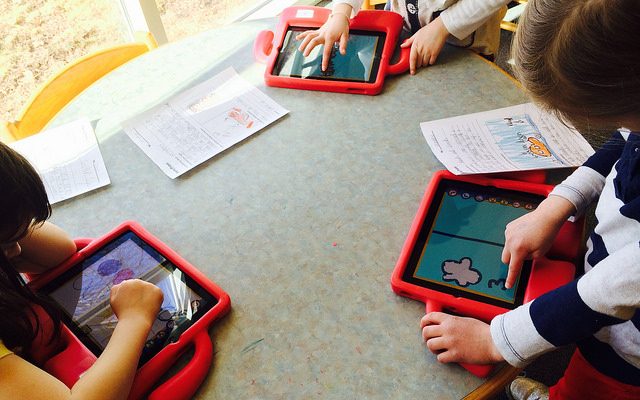Next week, my family and I will be taking a 4 hour trip to Pennsylvania. So today, I started thinking of fun games that we can play in the car to pass the time and quiet the constant “are we there yet?” questions. Never one to keep info to myself, I decided to share these games with families everywhere.
- License Plate Game
Make a group effort to find tags from each of the 50 states. The person who calls out a state’s license plate first gets the point. The person with the most points at the end of the drive wins.
- Trivia
While preparing for the trip, make a list of questions about your kid’s favorite subject and hobbies. Ask them these questions during the trip.
- Questions
Come up with “get-to-know-you” questions on the fly: What is the coolest thing you’ve ever done? You get the idea.
- Phone
A child tells a story to someone else. That person whispers the same story to a third person, and so on. The final person to hear the story repeats it out loud so everyone can listen to it. Invariably, some of the stories will have been lost in the translation, and the resulting garbled message usually inspires a good laugh.
- The Theme Songs
One individual hums the theme song to a TV show, and everyone else tries to name the show quickly. The first person to guess the name of the theme song hums the next song.
- Name The Tune
Everyone turns singing a lyric to a tune. Everyone in the car attempts to guess the singer or title—bonus points if they get both!
- Restaurant Race
Each player chooses a restaurant. Players earn points by finding their restaurant off the road, on a billboard, on exit markers, on signs, or by hearing it on the radio. Impose a time limit of 30 minutes, and then tally up the points.
- Would You Rather?
Try a game of “Would You Rather?” with everyone taking turns asking crazy questions to the group. For example, would you rather eat doughnuts or hamburgers for an entire day?
- Categories
Select a broad category, such as cities, movie titles, boy/girl names, dinner foods, etc. Next, have people take turns naming items within the chosen type in alphabetical order. For example, if you select boy names, you could say Arnold, Bennett, Cameron, David, Ernie, etc. If a player doesn’t state their answer within 10 seconds or travel down the alphabet correctly, they automatically lose the game.
- Roadtrip Sing-Off
The initial gamer begins by humming a couple of lines of a song. The following person jumps in to connect the lyrics with another song. Here’s an example: “Twinkle, twinkle, little star, How I wonder what you….” “You are my sunshine, my only sunshine; you make me happy.” “Happy birthday to you!”






